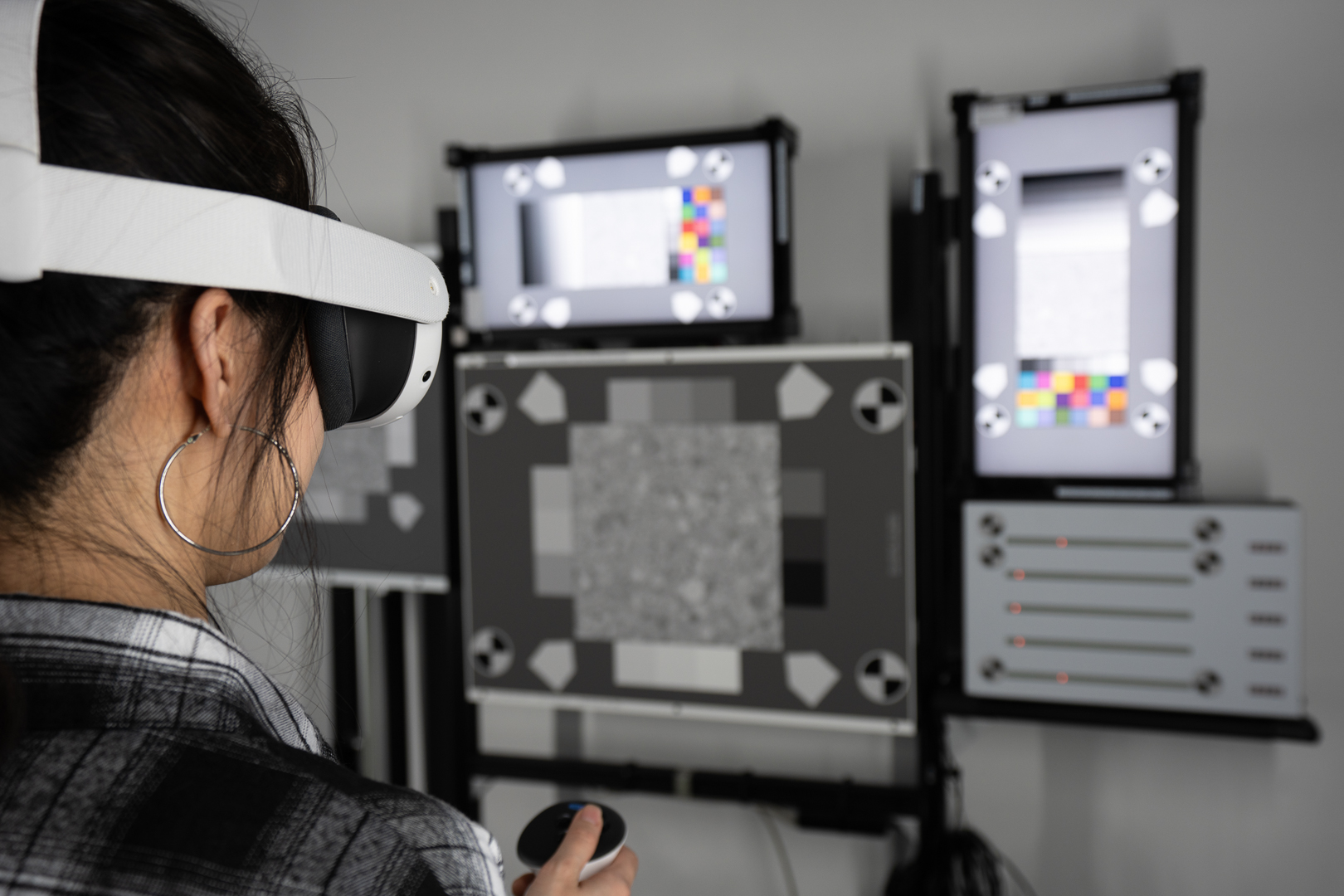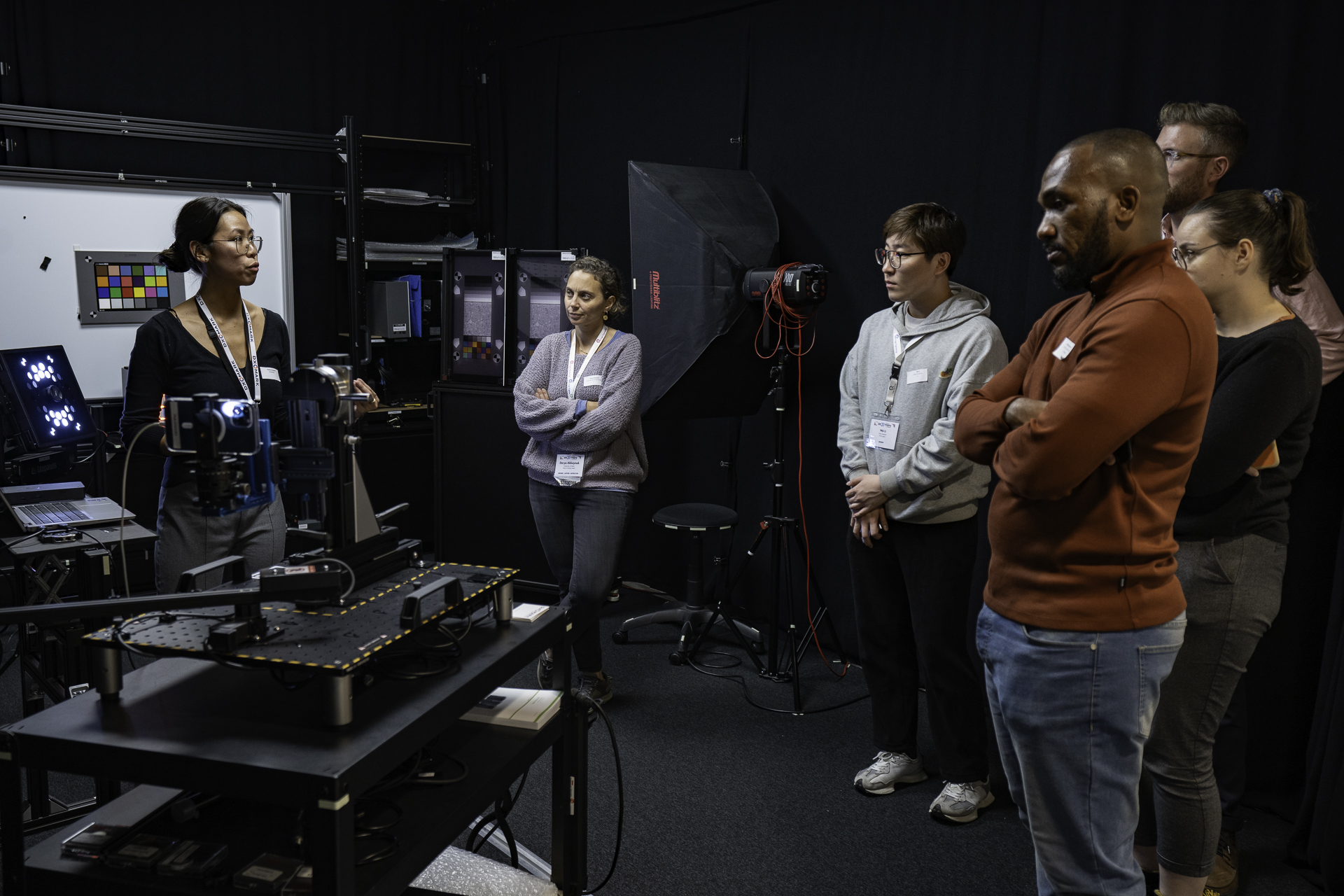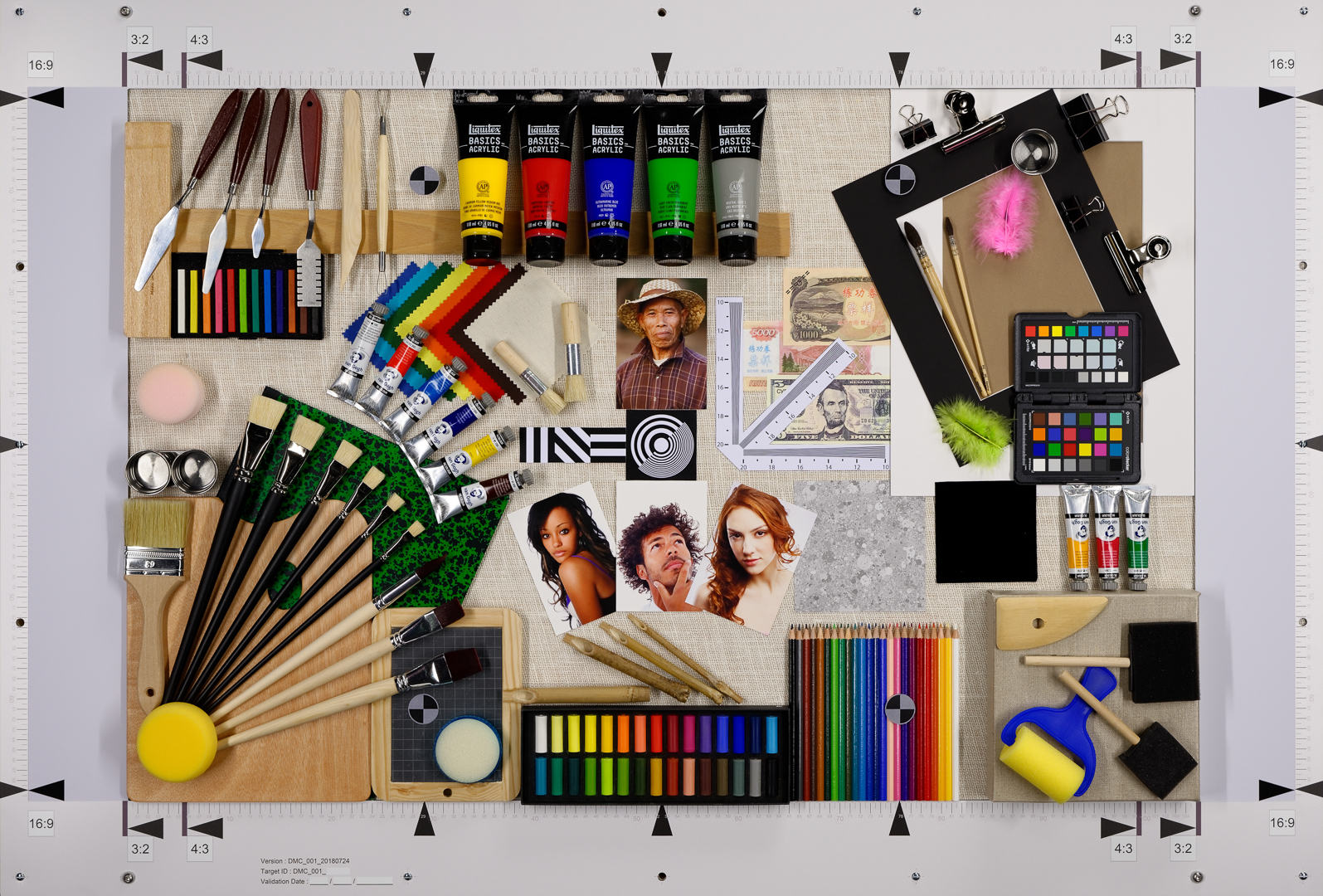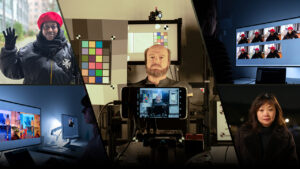Industries
Empower your AR/VR experience with precision camera testing solutions

Augmented Reality (AR), Virtual Reality (VR), Mixed Reality (MR), and Extended Reality (XR) technologies have continued to gain popularity in such industries and applications as entertainment, healthcare, automotive, education, etc. However, assuring that AR/VR equipment meets consumers’ expectations is still challenging because image quality is paramount for acceptable AR and VR experiences
VR gaming headsets require high-quality images to provide realistic and clear virtual scenes. To improve the user immersion experience, eye tracking using cameras is commonly in tuning the images according to the eye positions. The difficulty comes from requiring high enough contrast for accurate eye detection and high enough camera FPS to track eye movements fast enough.

AR gaming glasses generally integrate Simultaneous Localization and Mapping (SLAM) technology, connecting users to the real world by mapping their surroundings in real time. For this purpose, DXOMARK Analyzer solution offers a precise initial calibration of the camera’s intrinsic and extrinsic parameters.
In healthcare, AR/VR headsets with see-through technology aid in surgery by capturing and displaying the real-world environment using a stereo camera. The reproduction of the real world should be as authentic as possible to achieve high accuracy during the operation. Such cameras generally use short exposure times and small apertures to achieve a large depth of field, resulting in a low number of captured photons. Achieving optimal image quality involves judicious Image Signal Processing (ISP) tuning to find the best tradeoff between noise reduction and texture preservation. Moreover, reducing latency is crucial for matching VR scenery to head movements, which is why DXOMARK Analyzer provides a series of measurements that assesses the performance of cameras in terms of noise reduction, texture preservation, and timing. Analyzer also assesses such key image quality attributes as contrast, color fidelity, HDR capabilities and distortion to enhance high precision during surgeries.
Engineering Services
DXOMARK has developed camera testing services tailored for the AR/VR industry. Our rigorous evaluations focus on crucial aspects such as color accuracy, low-light performance, and motion handling—key factors that impact immersive experiences.
Our services provide detailed performance metrics, offering insights into how your camera performs under various conditions and highlighting areas for improvement. With actionable recommendations and competitive benchmarking, you will understand how your product compares to industry leaders and make informed enhancements.

Testing Tools
DXOMARK’s AR/VR camera testing tools are designed to ensure optimal image quality for immersive experiences in augmented and virtual reality devices. These tools measure key performance factors like sharpness, color accuracy, dynamic range, latency, depth accuracy, and low-light performance.
By using advanced testing environments that simulate real-world conditions, DXOMARK ensures that AR/VR cameras deliver the highest visual standards.


 DSLR & Mirrorless
DSLR & Mirrorless  3D Camera
3D Camera  Drone & Action camera
Drone & Action camera 




